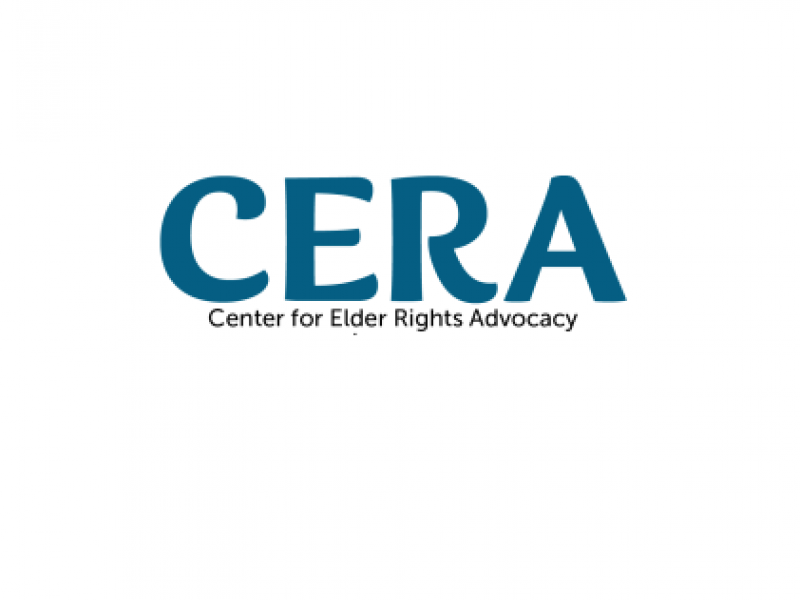
Document Author(s):
Year Published:
Topics:
State:
Region:
News: LEAN Manufacturing Analysis Helps Senior Legal Hotline Network Serve More Clients in Better Ways (Center for Elder Rights Advocacy 2016)
The Center for Elder Rights Advocacy (CERA), a project of Elder Law of Michigan (ELM) provides technical assistance to state, regional, and local organizations in the design, implementation, administration, and evaluation of low-cost legal assistance delivery systems—primarily, senior legal helplines. CERA recently launched its LEAN Analysis in partnership with Michigan State University, applying manufacturing theories of production efficiency, called lean thinking, to a hotline network supporting over 50,000 annual callers across twenty-two partner organizations.
The LEAN Analysis’ ultimate goal is to support more callers by increasing the network’s call intake efficiency given its high call volume and a measurable number of calls it can’t support each day. Phase one of the evaluation is what Keith Morris, President of Elder Law of Michigan, calls a “bucket analysis” requiring callers to press the number that most closely relates to their legal problem. So far the analysis has found that half of clients can correctly select what they need. A version of triage, the caller is then directed to someone whose work is focused solely on this case type.
Thanks to “bucketing,” those offering legal hotline help can move through callers more efficiently: by focusing on just one topic area they become well-versed in the intake’s structured interactions and its related resources. Three of the six case types the hotline supports can be managed by law students who CERA will add to their hotline support network on May 1st. Students will rotate through all three areas and can be up and running to do intakes after just two days of training.
Starting in May, the LEAN analysis will measure the productivity impact of these “buckets,” measuring if each legal help provider on the line can help more clients in the same amount of time (i.e. managing 5 intakes instead of 3).
Through the LEAN process, Morris says the hotline will also look at its call volume and peak times, evaluating: “How many people try to call multiple times and in the same day. We want to get a sense of the level of effort people are putting in to trying to reach us for help. This includes looking at if we need to open at different hours or on different days.”
The LEAN analysis will also evaluate how efficiency is increased by streamlining resource sharing. For example, consumer debt issues are 17% of calls and callers in this segment tend to find written legal help materials the most helpful. When they press this button, the hotline plans to first send them printed resources to measure if they avoid the need for an intake call.
Morris hopes that the project will aid in “integrating lean thinking into projects and processes across all of CERA’s work,” adding that the organization plans to, “go through and analyze all projects by replicating the flowcharts and process mapping” done with the hotline analysis. He said that in the hotline analysis in particular, “what we’re looking at in May is measuring the number of cases per advocate per day- so for volunteers, instead of doing 2 cases a day, can they do 4? And for paid hotline supporters, instead of 10 intakes, can they do 12? Ultimately, these numbers will reveal if intake specialization via the buckets along with the other improvements we’re making show that lean thinking works in legal services delivery.”
For more information on this project you can contact Keith Morris, Director, and CEO of ELM at [email protected]. CERA's main homepage is https://legalhotlines.org/.